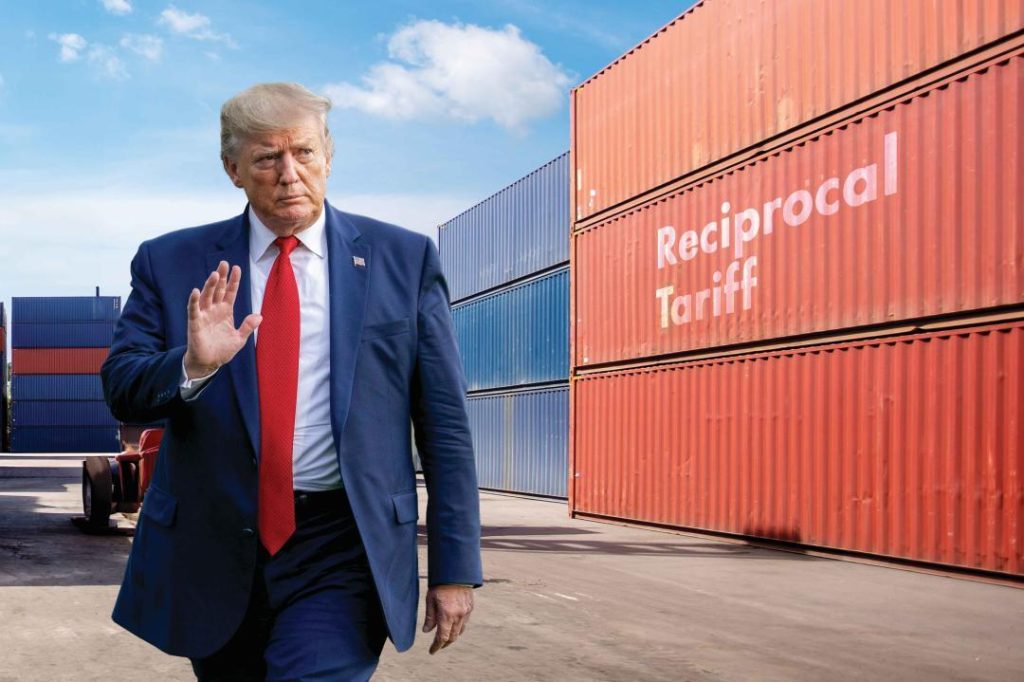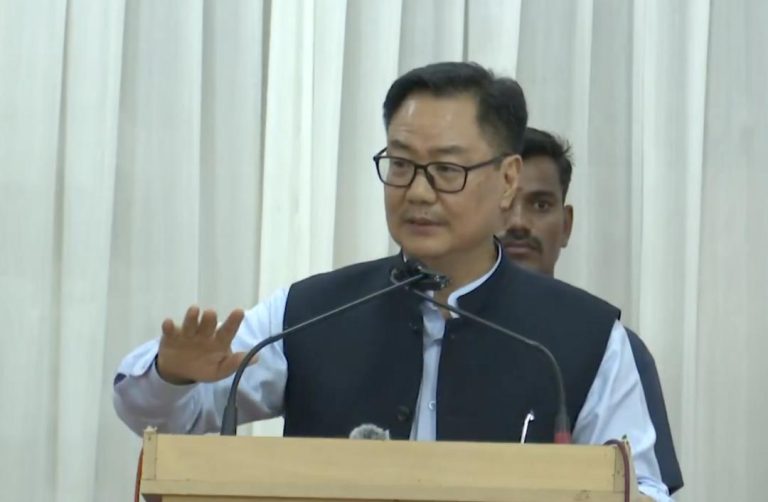
The Great Tariff War: Disruption, Diplomacy, & the Future of Trade
The world is witnessing a dramatic shift in global trade dynamics, triggered by the ongoing tariff war between the United States and its major trading partners. The latest development in this saga is the announcement of new tariffs by the US on Indian goods, amidst ongoing trade negotiations with the Indian government. In this blog post, we’ll delve into the implications of this tariffs war, the opportunities it presents, and what the future of trade might look like.
Background: The Tariff War
The tariff war began in 2018, when the US imposed tariffs on steel and aluminum imports from several countries, including China, the European Union, Canada, and Mexico. This move was met with retaliatory measures from these countries, resulting in a cycle of escalating tariffs. The US has since imposed tariffs on a range of goods, including electronics, clothing, and furniture, affecting countries like China, India, and the European Union.
Impact on Global Trade
The tariff war has had far-reaching consequences for global trade. Companies are facing higher costs, reduced profits, and increased uncertainty. Supply chains are being disrupted, and businesses are seeking alternative routes to avoid tariffs. The global economy has also felt the impact, with the World Bank estimating that the tariffs have reduced global trade by around 1% since 2018.
India’s Emergence as an Alternative to China
In the midst of this chaos, India is emerging as an alternative to China as a manufacturing and logistics hub. China’s rising labor costs, tariffs, and supply chain disruptions have made it less attractive to international companies. India, with its relatively lower labor costs, favorable business environment, and strategic location, is filling the gap. According to industry experts, this presents an opportunity for India to strengthen its position as a global manufacturing and logistics hub.
Benefits for India
The tariff war and China’s shifting global trade dynamics have several benefits for India:
- Increased FDI: As companies seek alternative manufacturing destinations, India’s FDI inflows are likely to increase, creating new job opportunities and driving economic growth.
- Enhanced Global Connectivity: India’s strategic location, infrastructure development, and trade agreements with neighboring countries make it an attractive destination for international companies looking to diversify their supply chains.
- Diversification of Exports: India’s exports are becoming more diversified, reducing its dependence on traditional export destinations like the US and Europe.
- Job Creation: The growth of manufacturing and logistics sectors in India will create new job opportunities, especially in rural areas, helping to reduce unemployment and poverty.
Challenges for India
While India is poised to benefit from the tariff war, it also faces several challenges:
- Infrastructure Gaps: India’s infrastructure, including ports, roads, and logistics systems, needs significant investment to support the growth of manufacturing and logistics sectors.
- Regulatory Framework: The Indian government needs to simplify and streamline regulations to attract foreign investment and create a business-friendly environment.
- Skill Development: India needs to develop a skilled workforce to meet the demands of international companies and industries.
- Competition: India will face competition from other countries, including Vietnam, Indonesia, and Bangladesh, which are also vying for a share of the global manufacturing and logistics market.
Diplomacy and the Future of Trade
The tariff war has highlighted the importance of diplomatic efforts in resolving trade disputes. The US and India have been engaged in trade negotiations, aiming to reach a bilateral trade agreement that targets a $500 billion trade goal by 2030. Similarly, other countries are engaging in diplomatic efforts to resolve trade disputes and avoid further escalation.
The future of trade will likely involve a combination of diplomacy, negotiation, and flexibility. Countries will need to work together to find mutually beneficial solutions, taking into account the interests of all parties involved. The rise of regional trade agreements, such as the Regional Comprehensive Economic Partnership (RCEP), will also play a crucial role in shaping the future of trade.
Conclusion
The tariff war has disrupted global trade dynamics, creating opportunities and challenges for countries like India. While India is poised to benefit from this shift, it also needs to address its infrastructure gaps, regulatory framework, skill development, and competition. Diplomacy and negotiation will be crucial in resolving trade disputes and shaping the future of trade.
As the world navigates this complex landscape, it is essential to prioritize cooperation, flexibility, and mutual understanding. By doing so, we can create a more stable and equitable global trade system that benefits all countries and industries involved.
Source:
https://www.logisticsoutlook.com/supply-chain/the-great-trump-tariff-war






